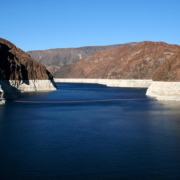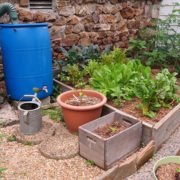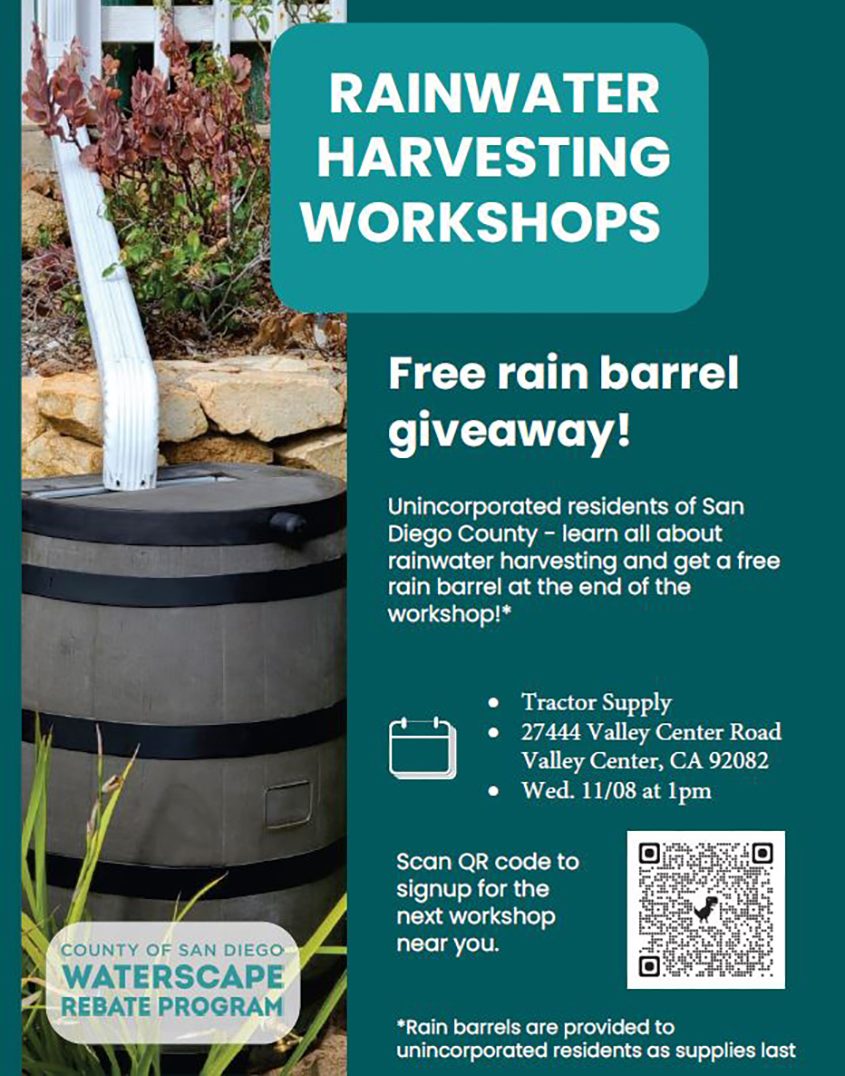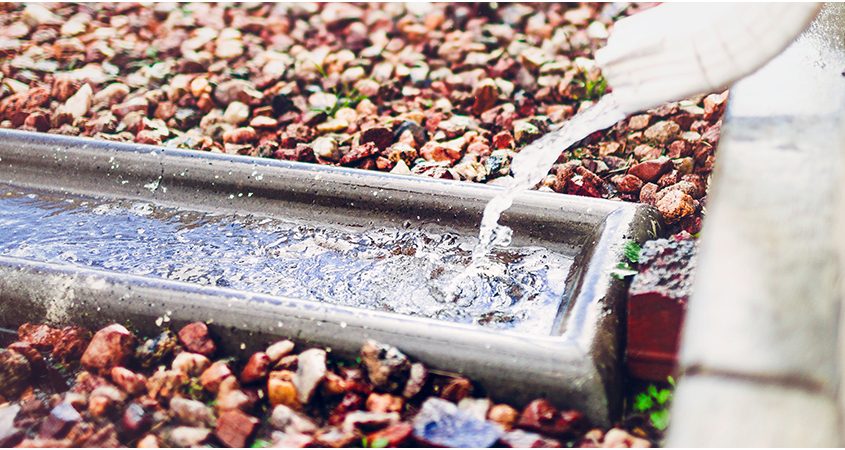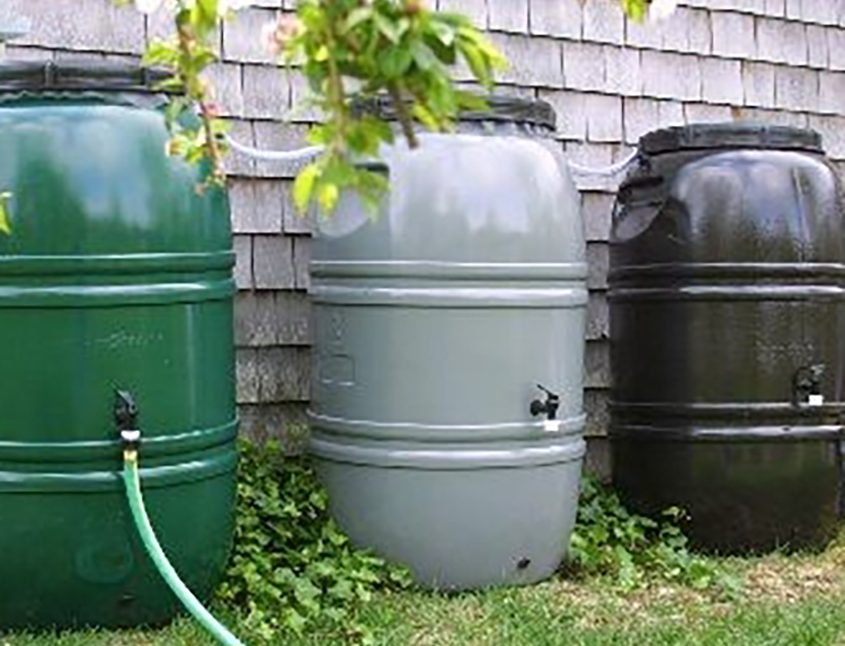A new landmark water exchange agreement will increase water levels in Lake Mead, fight upward pressure on wholesale water rates, and create a new template for water management in the arid West.
The one-year agreement was announced on Friday, December 1 by the San Diego County Water Authority. The agreement is supported by the U.S. Bureau of Reclamation and executed in coordination with the Imperial Irrigation District (IID) and the Metropolitan Water District of Southern California (Metropolitan). Funds to facilitate the deal are from the federal 2022 Inflation Reduction Act.
The new agreement highlights ways water agencies can work together under existing laws and agreements to adapt to the changing climate.
“This is a great example of what happens when we collaborate and work together. Cooperation by all three water agencies and the Bureau of Reclamation produced a creative solution that helps sustain the Colorado River,” said Water Authority Chair Mel Katz. “Today’s announcement is an innovative win-win-win solution that helps us all meet the incredible challenges we face.”
Agreement Reduces Threat of Water Shortages
The agreement builds on the groundbreaking 2003 Quantification Settlement Agreement (QSA). It achieves several goals by helping California meet conservation obligations under the Bureau of Reclamation’s Lower Colorado River Basin conservation program, supporting financial viability for participating agencies, and reducing the chances for more shortages. The Colorado River system has suffered drought-induced decline for more than 20 years.
The new arrangement is expected to save the Water Authority a projected $15 million to $20 million (depending on hydrological variables), which will help offset the impact of inflation and other factors on water rates.
Water Agency Cooperation Builds on Original QSA Partnership
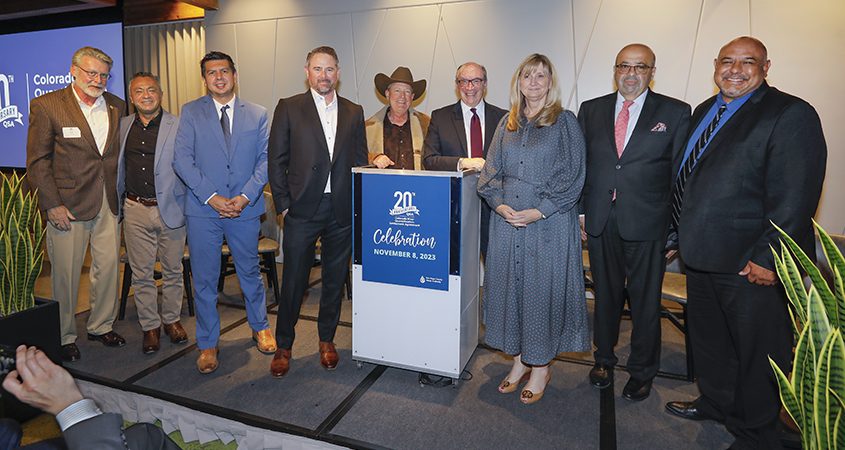
Officials recognizing the Quantification Settlement Agreement 20th Anniversary (L to R): Jim Barrett, Coachella Valley Water District GM, Miguel Luna, Chair of the Legal and Claims Committee with the MWD Board, State Assemblyman David Alvarez (D-80), Water Authority GM Dan Denham, Colorado River Board of California Vice Chair and Water Authority board member Jim Madaffer, Water Authority Board Chair Mel Katz, Jamie Asbury, IID GM, MWD General Manager Adel Hagekhalil, IID GM Alex Cardenas. Photo: San Diego County Water Authority
The Water Authority, Metropolitan, and IID have been working together for several months on ways to capitalize on current water supplies. Due to a historically wet year, the State Water Project is delivering full supplies to Metropolian, refilling reservoirs and reducing demand for imported Colorado River water. The Metropolitan Board of Directors approved the agreement in November, and the IID Board followed with its approval on December 1.
“This partnership between Metropolitan, Imperial Irrigation District, the San Diego County Water Authority, and the Bureau of Reclamation is another example of how solutions developed collaboratively can benefit everyone,” said Adán Ortega, Jr., chair of the Metropolitan Board of Directors. “Our individual efforts to reduce our reliance on the Colorado River can be magnified by our growing and mutual interdependence leading to creative and lasting solutions, where the people we all serve win, as does the environment.”
How the Water Exchange Works
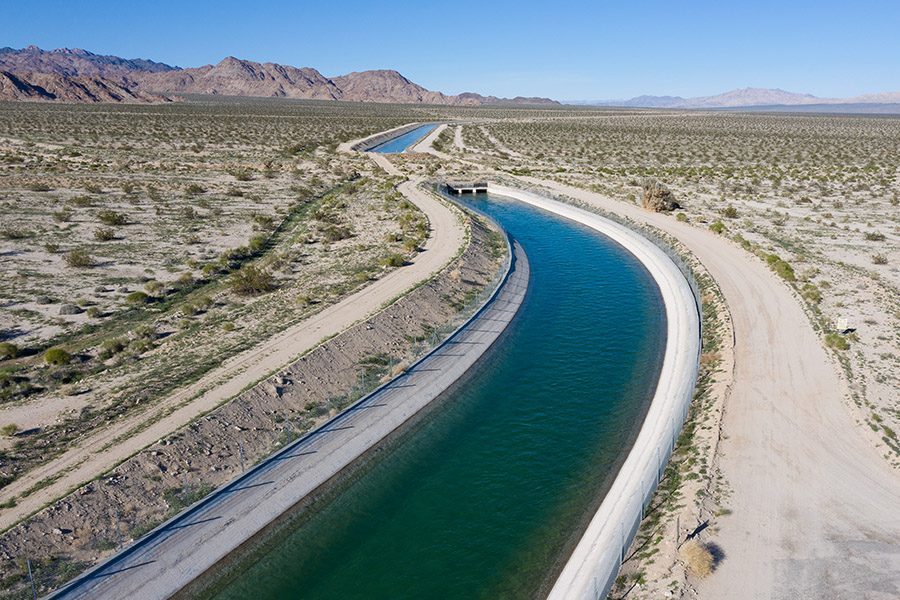
In October 2003, the San Diego County Water Authority, Coachella Valley Water District, Imperial Irrigation District, Metropolitan Water District of Southern California, State of California, and U.S. Department of the Interior completed a historic set of agreements to conserve and transfer Colorado River water.
The Water Authority will leave 50,000 acre-feet of conserved QSA water in the Colorado River. This helps raise the level of Lake Mead, which has dropped in recent years. The volume is equivalent to the amount of water used in a year by approximately 150,000 single-family homes.
The Water Authority agreed to buy 50,000 acre-feet from Metropolitan to meet current and future demands. The Water Authority’s cost savings result from the difference between the Metropolitan rate and the rate for IID’s conserved water through the QSA. The Bureau of Reclamation will cover the cost of the Water Authority’s QSA supplies left in the river.
“This transfer is an example of how Southern California water agencies are leading with creative water management,” said Water Authority General Manager Dan Denham. “This agreement is based on decades of working together through the QSA, and it makes good on our collective commitment to the river. While this is a one-year arrangement, it will open the door for additional talks between partnering agencies in 2024.”

